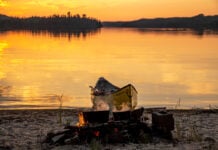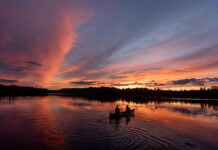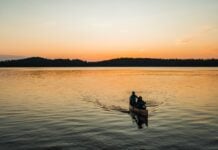“So many stories! And the players we had were no slouches, eh?” That’s how my interview with Michel Lepage began. With an opening line like that, the storyteller could go just about anywhere. Lepage, Northern Ontario’s master storyteller, chose to take me down the river, or through the history of his favourite river, to be exact. The “players” go by the names of George Atkinson, Ed Jarvis, David Thompson and “Alex” Mackenzie. They span over 200 years of history and 400 kilometres of Ontario’s longest free-flowing wilderness river, the Missinaibi.
Bringing a river to life: A storyteller saves the Missinaibi
Lepage is at the same time brilliant, generous and self-deprecating; a visionary, business guru and whitewater paddler. His impressive resumé lists, among other things, VP Consulting of the prestigious accounting and consulting firm BDO Dunwoody. But Lepage humbly deflects any individual praise and passes it on—he claims a past of “more canoes than brains!” (followed by a belly laugh). Born and raised in Kapuskasing and Hearst, close to the Missinaibi, he has found the time during his high-profile career to come home and paddle the length of his favourite river almost a dozen times, researching and becoming an expert in the waterway’s history.
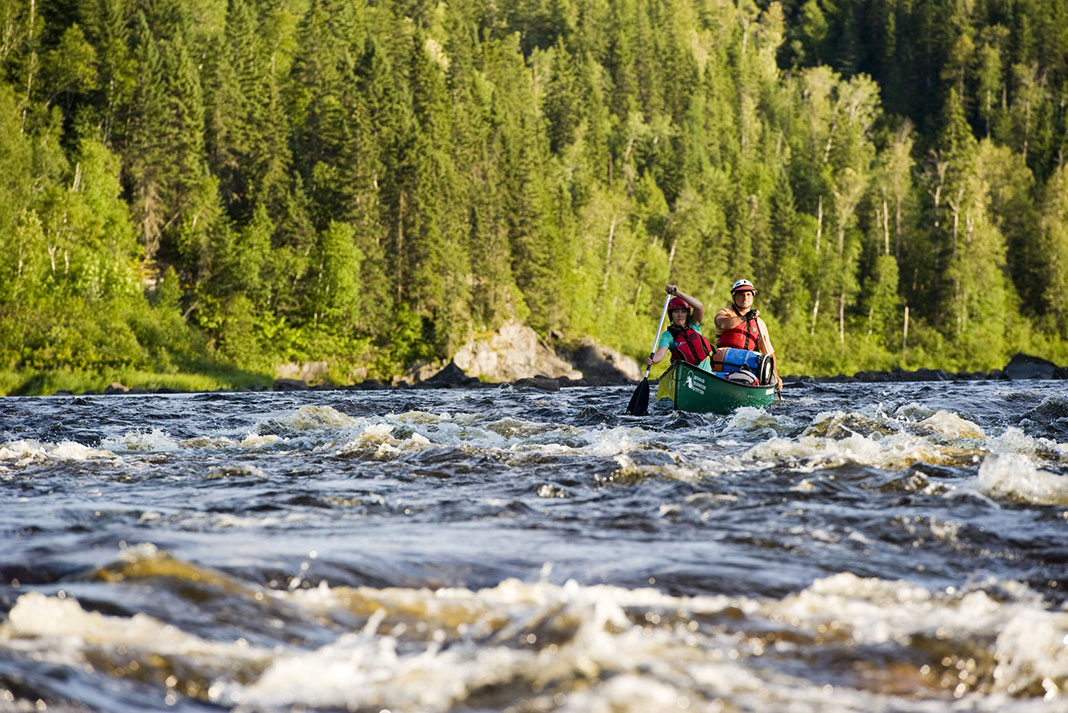
As the shortest route between Lake Superior and James Bay (using the Michipicoten River to connect), the Missinaibi has over 3,500 years of human past in its flow. Red ochre pictographs left by early Ojibway and Cree, a Hudson’s Bay fortified trading post, and portage trails packed hard by thousands of feet are only a part of this vein that feeds a giant roadless tract of Ontario’s North.
Long known to Lepage and his paddling friends (who first paddled the “Miss” in 1977), this was a jewel to be preserved. They were not alone, as groups such as Sierra Club International were also lobbying to have the Missinaibi protected. And it was—with 1988 Provincial Waterway status. In the same year, the Ontario government nominated the river for the Canadian Heritage Rivers System. The nomination gets completed to full designation with an approved comprehensive management plan based on community consultation and consensus—local participation is key.
Sixteen years later, the Missinaibi holds the dubious honour of having the longest time elapsed between nomination and designation. The requisite management plan is being tabled this May, in hopes of finally receiving full heritage designation. If the river does win its heritage status, it will be in no small part due to Lepage, who was pivotal in promoting the Missinaibi to the people who ought to know it best—the northerners who live in its watershed.
He did it by telling stories.
“My role, and you’re never alone in this, was making the river come alive.” His intimate knowledge of the river and his love of history led him to become the spokesperson for the Missinaibi in the North.
“I pulled out certain characters [from history] and followed them. I took the dryness out of it and made it a story, and that’s when people could relate to it.”
Probing into old Hudson’s Bay Company archives from Winnipeg, and Ministry of Natural Resources archeology sub-studies, Lepage set out to make the story of the Missinaibi known, especially to those who lived in nearby towns like Hearst and knew the river only from the glimpse offered by bridge at the Highway 11 crossing in Mattice.
From 1990 to 1993, Lepage’s Trials and Tribulations of John Thomas appeared as a running series in the Hearst newspaper, recounting tales from the river’s past based on the life of a Hudson’s Bay Company representative trading on the river in the late 1700s.
“People could read it week by week and say, ‘What the hell’s going to happen to this guy?’” These stories finally brought the river local and regional attention, which built support for the Canadian Heritage River nomination.
Lepage has a vision for the future of the North that includes the rivers, lakes and tourism. By sharing the stories of their past, he is helping identify opportunities in northern communities, such as his present consulting with the Constance Lake First Nation on a $10 million aboriginal interpretive centre on the banks of the Shekak River, just west of the Missinaibi. This, like Canadian Heritage River designation, is a way stories can build into a tangible touchstone— providing a place for people to touch the past and the historic value of the land around them.
“My role was making the river come alive.”
Our conversation was a roller coaster, or time machine, that wove the Missinaibi’s heritage status, the 1776 mapping of the river from its headwaters, Hudson’s Bay trading history, his survey of the river for the Ministry of Natural Resources, pre-contact aboriginal culture, “blah blah blah”—as Lepage often says. I sensed I was being taken for a ride, with casual but carefully placed Quebecois slang. “I’m French, I can talk until you die!” Lepage speaks with exclamation marks.
For Lepage, the Missinaibi River is alive, alive with history and a breathing landscape, which is the motivation for what he does. Whether the Missinaibi ever makes full Canadian Heritage River status is almost beside the point. It is the stories of the past that are the foundation for a new future in the North. Michel Lepage, master storyteller, is doing his part to make this happen.
Jeff Jackson is a professor in the Outdoor Adventure Program at Algonquin College in Pembroke, Ontario.
Feature photo: Courtesy Destination Ontario




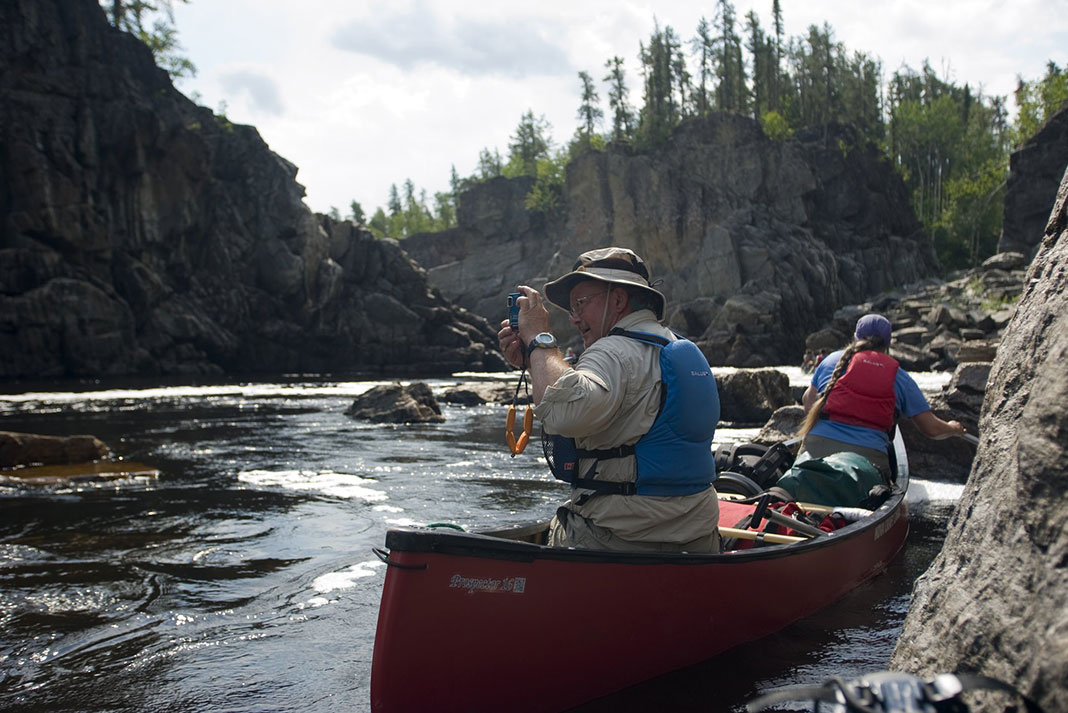
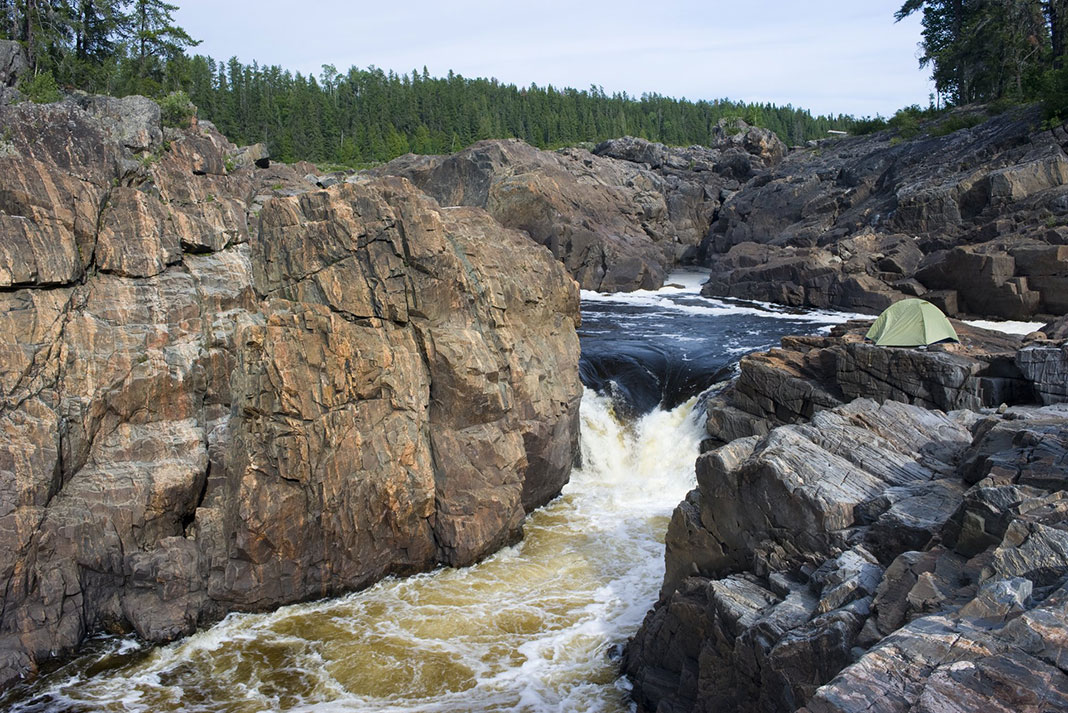
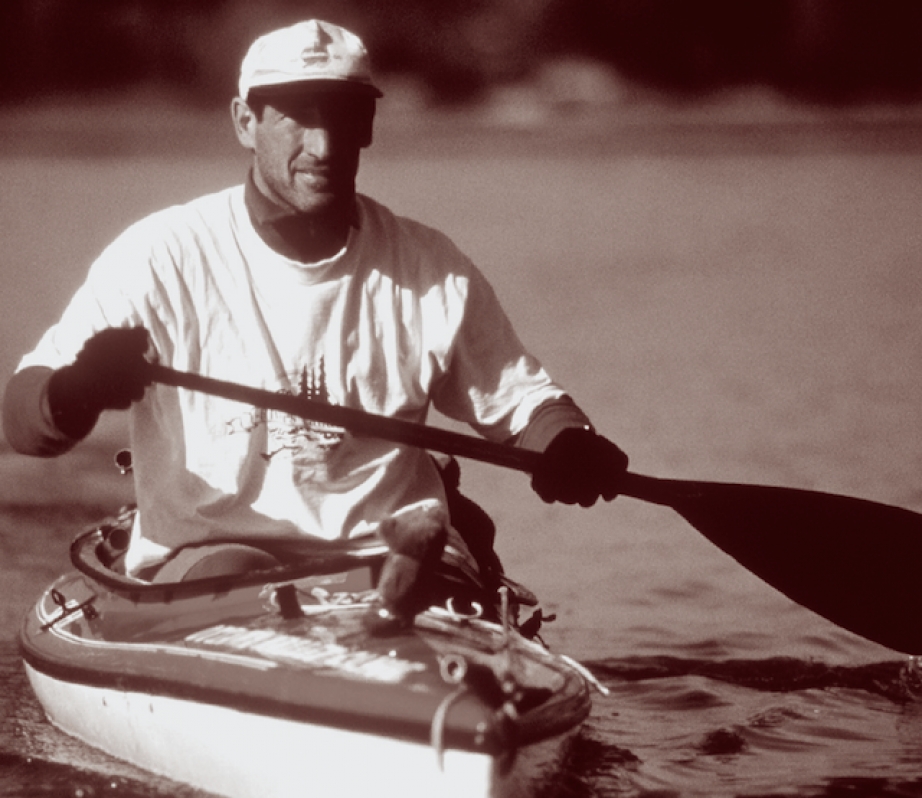
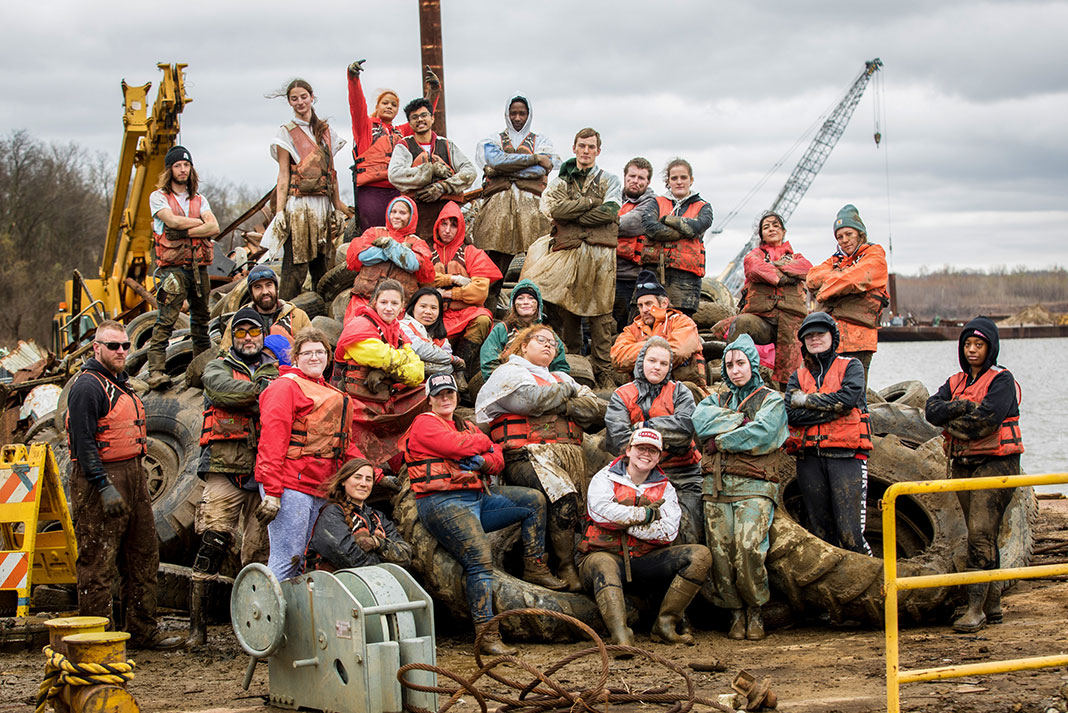
 This article was first published in the Early Summer 2004 issue of Rapid Magazine.
This article was first published in the Early Summer 2004 issue of Rapid Magazine. 